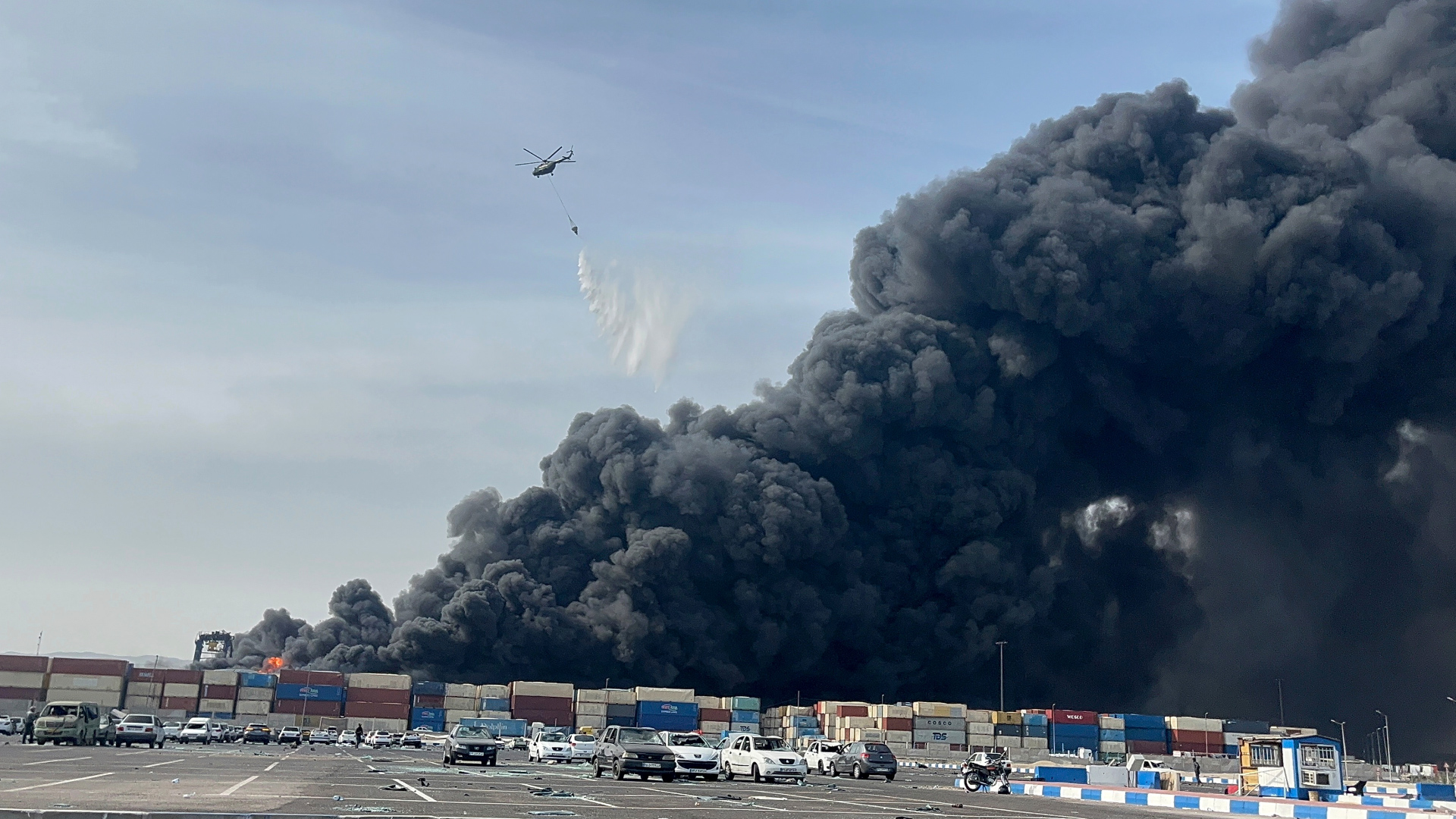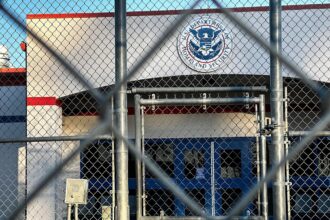At least 46 people have been confirmed dead and more than 1,000 injured after a massive explosion rocked a major port in southern Iran over the weekend, officials reported Monday.
The deadly blast occurred Saturday at Shahid Rajaei port near the coastal city of Bandar Abbas, one of Iran’s busiest shipping hubs. Despite ongoing firefighting efforts, flames were still burning at the site two days later.
Authorities have not yet provided a clear explanation for what caused the explosion, which happened just as Iran entered a critical third round of nuclear talks with the United States.
Iranian state TV confirmed the rising death toll, while local officials continue to assess the damage and provide aid to the injured.
Security experts have raised concerns over what may have triggered the blast. British-based private security firm Ambrey said the port recently received a shipment of ammonium perchlorate—a chemical used in missile fuel—from China.

READ ALSO: Trump Administration Restores Student Visas Amid Legal Backlash
The delivery was reportedly intended to help restock Iran’s missile supplies after recent military clashes with Israel over the war in Gaza.
Iran’s military, however, has denied receiving the chemical.
Footage circulating on social media showed a large fire followed by a violent explosion, with reddish smoke pluming into the sky—something chemical experts say is a strong indicator of a compound like ammonium perchlorate being involved.
The scene has drawn comparisons to the 2020 Beirut port explosion, which was also caused by explosive chemicals.
Emergency teams and investigators are still working to uncover what sparked the tragedy, as grief and questions mount across the country.
This disaster comes at a tense moment for Iran, both politically and militarily, raising further concerns about the safety of hazardous material storage and the lack of transparency in high-risk infrastructure.















